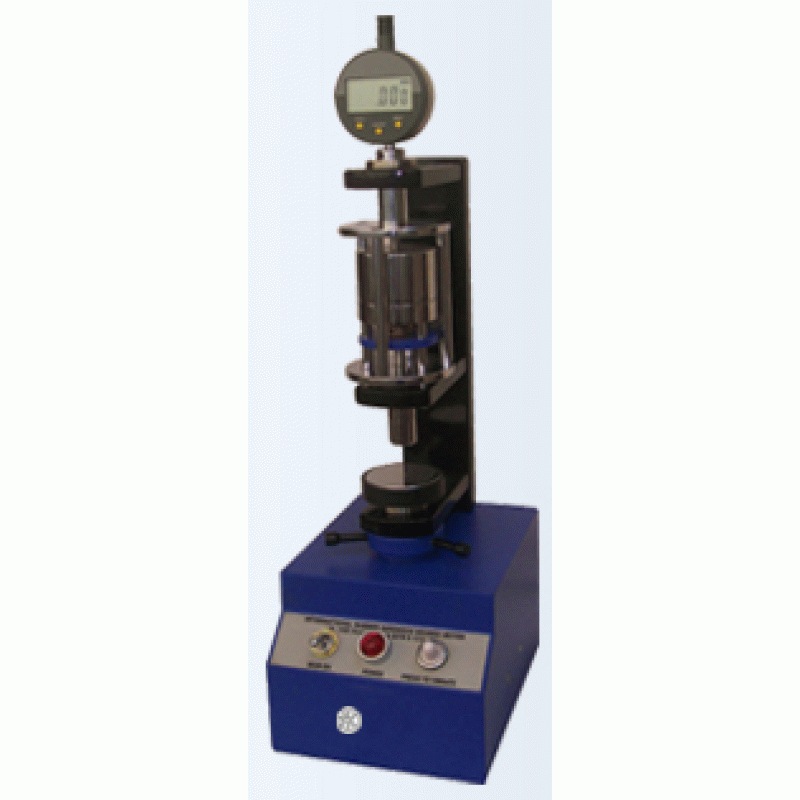
The ranking of sliding wear resistance should be made separately. The scratch hardness method allows for a more explicit ranking of orthodontic polymeric materials when measurements are made with a profilometer. PCA showed that Shore hardness explains 45% of the total variance in all the results across the materials. The results of scratch hardness measurements using a contact profilometer correlated with the Shore hardness to a greater extent than measurements made using an optical microscope. Statistical PCA and correlation analyses were performed.

A sliding wear test was performed using the ball-on-disc method. Shore hardness tests and a scratch test with a Rockwell indenter were performed. The purpose of the work was an experimental comparative assessment of indentation hardness and scratch hardness and the sliding wear of four selected polymeric materials used in the manufacture of orthodontic appliances.įour commercial materials were compared. The scientific goal resulted from the problem of using different methods of surface evaluation of materials used in the production of orthodontic appliances. The instrument measures Rubber hardness by measuring the indentation of a ball with the diameter of 2,5 mm pressed into the rubber. Thermal analysis, are discussed with the outcome that they support the assumption of a polymericĬross-linked network structure in the form of hyper-branched polymers.Ĭlinical success depends on the contact strength and wear resistance of medical devices made of polymer materials. (DSC) and mechanical characterization, such as stress–strain experiments and dynamic mechanical

Results of the thermogravimetric analysis (TGA), the dynamic scanning calorimetry Copolymers with 15%–30% DIBĪct, on the one hand, as thermoplastics and, on the other hand, as vitreous thermosets with a DIB Retention containing 12.5%–30% DVB as well as low viscose waxy plastomers with a high flowīehavior containing a high DVB content of 30%–35% were obtained. Plastomers with low elastic content and high shape (DVB) and 1,3-diisopropenylbenzene (DIB). The investigated comonomers are divinylbenzene Varying the monomers as well as the feed content. The polymeric material properties of these sulfur copolymers can be controlled significantly by Hyperbranched polymeric sulfur networks that provide a high thermal resistance (>220 ☌). Present study, we synthesized a 200 g scale of amorphous, hydrophobic as well as translucent, The mechanical and electrical properties of the products are virtually unexplored. Is used to prepare polymeric structures derived from sulfur and divinyl comonomers. One promising method is the inverse vulcanization, which Indenter ball 2.50 ± 0.Recently, new methods have been developed for the utilization of elemental sulfur as aįeedstock for novel polymeric materials. Thickness >= 4 mm / Range: 35 - 85 IRHD or 30 - 95 IRHD

For plastics, the term hardness refers to resistance to indentation but depending on the test method the measurement is made either with the indentation load applied or after its removal when elastic recovery has taken place. Ultra-soft rubbers, viscoelastic polymers. Ball indenter Hardness is essentially a measure of stiffness and in principle can be related to modulus. Ultra-soft rubbers, sponges, expanded rubber, foam rubber, natural rubber and silicon. Very soft rubbers, natural rubber, elastomers, casting resin, soft PVC, leather, etc.Īs A scale, for thin specimens and elastomer materials. Very soft rubbers, sponges, expanded rubber, foam rubber, natural rubber and silicon As D scale for lower values.įrom medium-hard to hard values. The AFFRI IRHD is a fully motorized hardness tester which determinates the hardness of. Hard and rigid surfaces, ceramic and composites, acrylics, plexiglass, print rolls, cellulose, acetates, nylon, etc Soft surfaces, flexible rubber, natural rubber, plastic, PVC, polyester, neoprene, leather, nitrile rubbers, tires, etc The most used hardness scales are Shore, using a carbide tungsten indenter (ball, cone or frustum) with specific testing loads and the IRHD (and Micro IRHD) using a ball indenter, a clamping system with defined hole and a specified testing load depending on the specimen thickness. The procedure for testing the hardness on plastic, rubber and synthetic fibers is quite simple.


 0 kommentar(er)
0 kommentar(er)
